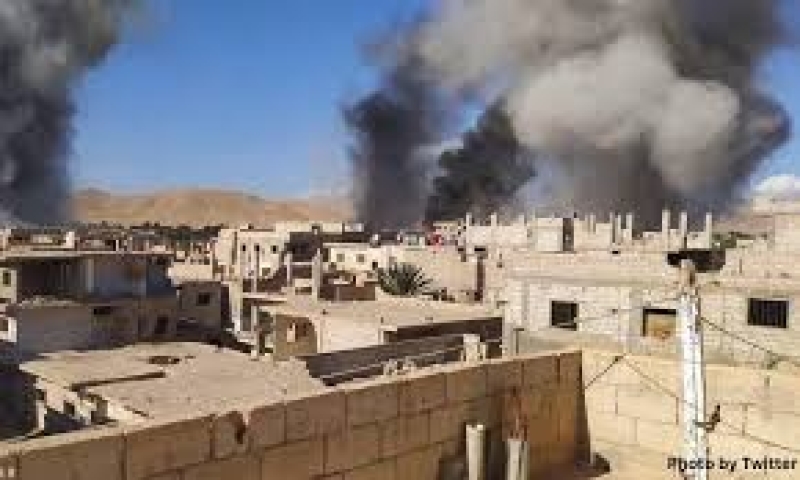- 2025: Resilient Economies, Smart Development, and More Jobs |
- Dhaka rejects India's statement on incident at BD HC residence, New Delhi |
- Stocks end lower; trading falls at DSE, improves at CSE |
- No need to be kind to election disruptors: EC to law enforcers |
- No Media Faced Arson Attacks in 53 Years: Mahfuz Anam |
Israeli Airstrikes on Syria’s Palmyra Killed 36

The Syrian Ministry of Defense reported that 36 people were killed and more than 50 injured on Wednesday in Israeli airstrikes targeting the city of Palmyra, famous for its ancient ruins.
The Syrian Observatory for Human Rights, a UK-based monitoring group, put the death toll higher, claiming at least 61 people were killed in the strikes. Among the victims, the Observatory identified 33 Syrians linked to Iranian militias, 22 non-Syrians, including four Hezbollah members, and two unidentified individuals.
The strikes, launched from the Al-Tanf region, hit several buildings in Palmyra, a modern city adjacent to its UNESCO World Heritage-listed archaeological site. The Syrian defense ministry described the attack as causing “significant material damage” in addition to the casualties.
These airstrikes are the deadliest in Syria since fighting escalated between Israel and Iran-backed Hezbollah forces on September 23. While Israel rarely comments on specific operations in Syria, it has repeatedly stated its intention to curb Iran's military presence in the country.
The Syrian Ministry of Foreign Affairs condemned the attacks as a “brutal Israeli aggression,” accusing Israel of continuing its “crimes” against regional nations.
Despite the devastation in the city, Nazir Awad, Syria’s director of Antiquities and Museums, confirmed that the ancient ruins of Palmyra, including its temples, were not directly damaged by the strikes. However, he noted that further inspections would be conducted to assess the full extent of the damage.
Palmyra, once a thriving cultural hub of the ancient world, was seized and extensively damaged by ISIS militants during the Syrian civil war, but much of its historical site has since been reconstructed.

